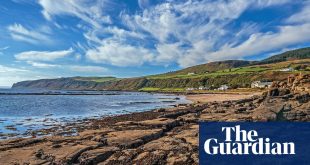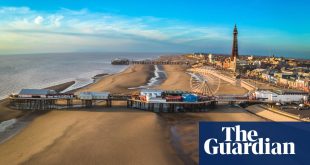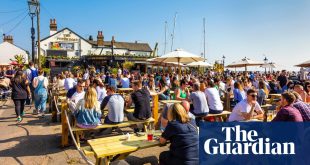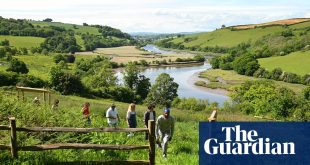South Downs Way, Sussex
Holly Tuppen, sustainable travel writer
Growing up in London’s suburbs, romping around the South Downs was about as wild as it got. Thirty years on, the landscape is unchanged, yet every walk brings a new discovery – and now I live in Brighton I’m finding you really can holiday very close to home.
On a recent two-day, 25-mile hike from Ditchling Beacon to Arundel with the kids, we discovered Steyning’s carefully crafted woodland mountain bike trails, and benches with “poem boxes”, inviting anyone to leave words conjured by the view. The night before, with 15 miles under our belts, we rested sore feet and carb-loaded at Springwells, an ivy-clad B&B in the middle of the village, where flint cottages glimmer in the moonlight, evoking a bygone era.
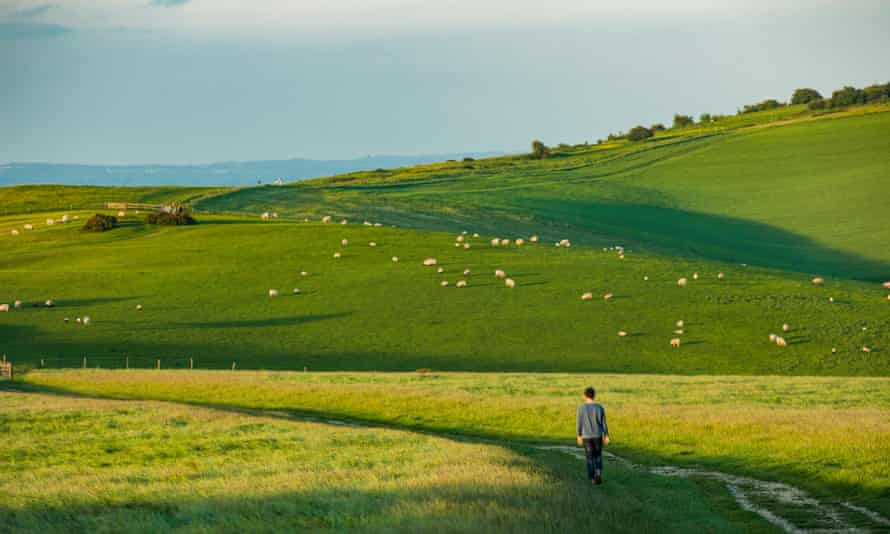
The South Downs is not an untouched wilderness, but that’s part of the appeal; its gentle folds are like a slumbering green giant curled up between our human busyness, inviting us in for respite when needed. The closeness to city and sprawl means car-free fun is simple and varied. From Brighton, the 79 bus goes to Ditchling Beacon, where there are views across the Weald to the north and, south, out to sea. From there, we stomp back to the city, criss-crossing footpaths with names like Granny’s Belt and Bushy Clump over the downs and through Stanmer Park woods, eco-minded allotments and the newly spruced-up walled kitchen gardens, One Garden.
Often we are waylaid by industrious and intriguing goings-on (last week, we clinked back into Brighton with a crate of cider from Stanmer Organics after helping out with some apple pulping); no two walks are the same, which is why we keep coming back.
Holly Tuppen is the author of Sustainable Travel: The Essential Guide to Positive-Impact Adventures (£18, Quarto)
The Netherlands

Fatima Ibrahim, co-director, Green New Deal UK
I’m globally minded, and love to travel and engage with other cultures, but I’m worried about the impact of travel on the climate, so the question of how we remain connected to the world without harming it is important to me.
One of my favourite places to visit is the Netherlands – it’s so easy to get to from the UK with a direct Eurostar service (plan ahead to grab tickets for about £35 each way: from London it’s quicker than getting to Edinburgh) or even ferry. But what I love is that the country prioritises people over cars, giving you the ultimate freedom to roam safely on a bike. In London, where I live, the lack of cycle lanes makes me too scared to get around on a bike, but in Amsterdam the world is mine to conquer. I recently did a four-day trip with some friends.
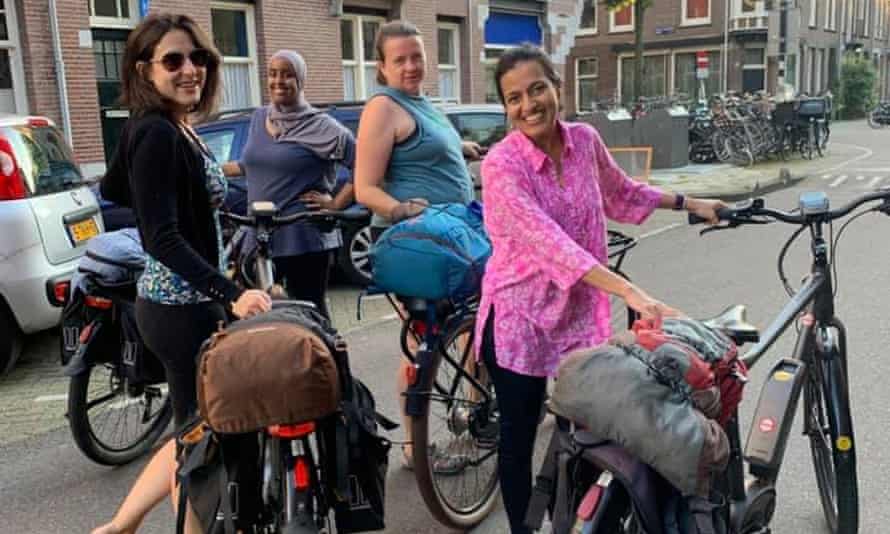
We set our sights beyond the city and cycled through forests, orchards and quaint towns, through the Utrecht region, Gouda and Woerden and back. It was all much more accessible than with a car and felt like a real adventure. We didn’t plan much but found beautiful places to stay, such as an Airbnb in a flower nursery with old-school caravans, and, in Woerden, a historic fortified town with the Oude River flowing around the centre, we stayed in the Stadshotel right in the main square. We found Michelin-starred restaurants, castles and lakes, and really got off the beaten track.
We’re all so used to flying, and with flights more often than not still cheaper than the train – a systemic issue because of poor infrastructure and tax breaks on flying – a major rethink of travel needs to be had. But, thanks to new train routes, we can start travelling with smaller carbon footprints without compromising on what holidays should be – adventurous and fun.
Green New Deal is a non-profit working for social, economic and climate justice
Ireland

Alan Watson Featherstone, ecologist and founder of Trees for Life
Usually when I travel it has to do with connecting to nature. I discovered way back that being in untouched landscapes nourished me in ways nothing else did. It’s a basic human need that many people in our modern, urban-dominated world aren’t aware of – we need nature to replenish us.
I live in Scotland, and Ireland is one place I’ve enjoyed visiting. I travel by car and ferry from Stranraer to Belfast: it’s only a couple of hours by ferry so an easy trip. Killarney national park in County Kerry is really beautiful. It has one of the largest remaining oak-dominated temperate rainforests in the British Isles. These forests used to be part of the landscape in south-west England, Wales and western Scotland but now there are only tiny pockets left. There are small mountains, several lakes, beautiful old trees and ferns – and an interesting mix of species, such as the strawberry tree (the little fruits look like strawberries, if you use your imagination), as well as a yew wood, Reenadinna, one of just three pure yew woods in Europe. This year Killarney was damaged by fire, though – another impact of the climate crisis, with increasing dry weather.
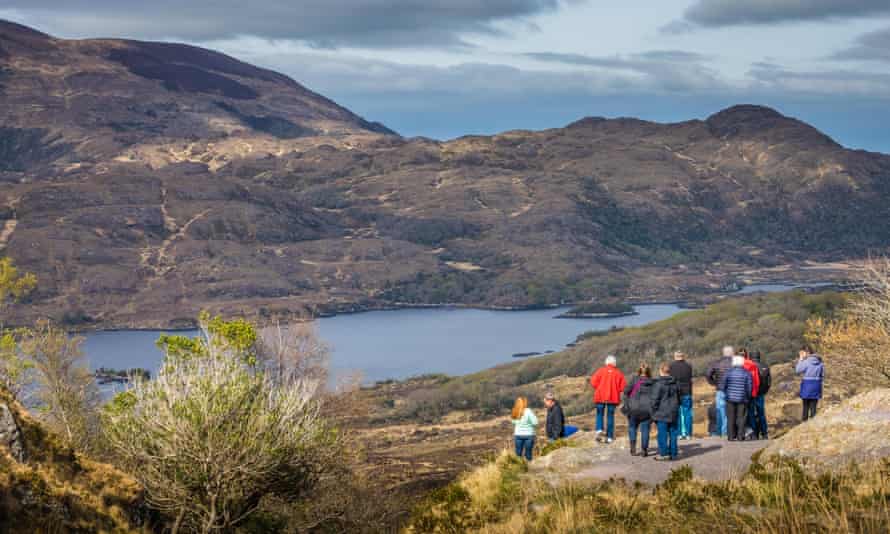
Further north, in County Clare, the Burren has a fascinating landscape. It’s a large area of limestone pavement, with spectacular grykes caused by erosion channels, and it supports a rich variety of plants and wildlife. I saw a hummingbird hawk moth there, and there are numerous fossils visible in the limestone. Neither the Burren nor Killarney is truly wild, but they do have beautiful, diverse nature.
My travels have always been very purposeful, combining work with a holiday – and I think people need to consider how they travel more than ever. With video meetings being so widely used we don’t need to travel for business, and we need to make leisure travel purposeful, too. There is so much to see in the British Isles, even though it is one of the most nature-depleted areas of the world – and we need to encourage people to join rewilding and conservation projects to help places recover.
People are starting to realise that they don’t need to travel far for great walks and cycling routes, and to watch birds and plant life. There is a real opportunity because of the pandemic and climate crisis to rethink how we travel (although the decrease in passenger fuel duty on domestic flights in the UK announced in the budget this week sends out totally the wrong message).
Trees for Life works to restore the Caledonian Forest in the Highlands
Northern Highlands, Scotland
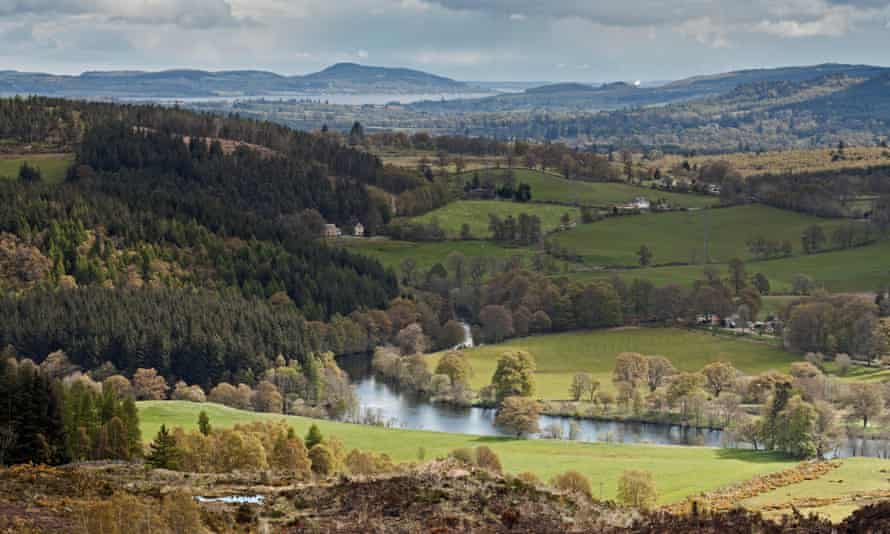
Jay Griffiths, environmentalist and author
Every swim in a lake, or loch, feels like a small but perfect break, a pocket-holiday. The wetsuit is the key: in a wetsuit I swim all year, feeling amphibious as an otter. But I never actually swam with otters before I came to Aigas, a centre for environmental conservation in the Highlands.
Yesterday morning, right outside the glass doors of the log cabin on the loch where I’m staying, a sparrowhawk hunted a bat, mantling over it and feasting. The day before that, I swam here surrounded by four otters, looking like small brown dolphins as they arched their backs and batted their tails and played. On previous visits I have seen a golden eagle and pine martens and beavers. This morning, an otter with a glinting silver fish in its mouth swam across the loch. Where yesterday a rainbow soared over the heather, today a raven croaked and a red kite circled.
Swimming near the shore, I slowed to watch two red squirrels using a pine tree as a helter-skelter. Each creature is triumphant in its place and time. Each swim is an immersion in the beauty of the living world, leaving my psyche rinsed and my best dreams clarified.
Jay Griffiths is the author of many critically-acclaimed books including Why Rebel (£7.99, Penguin), £7.43 at Guardian Bookshop
Pembrokeshire
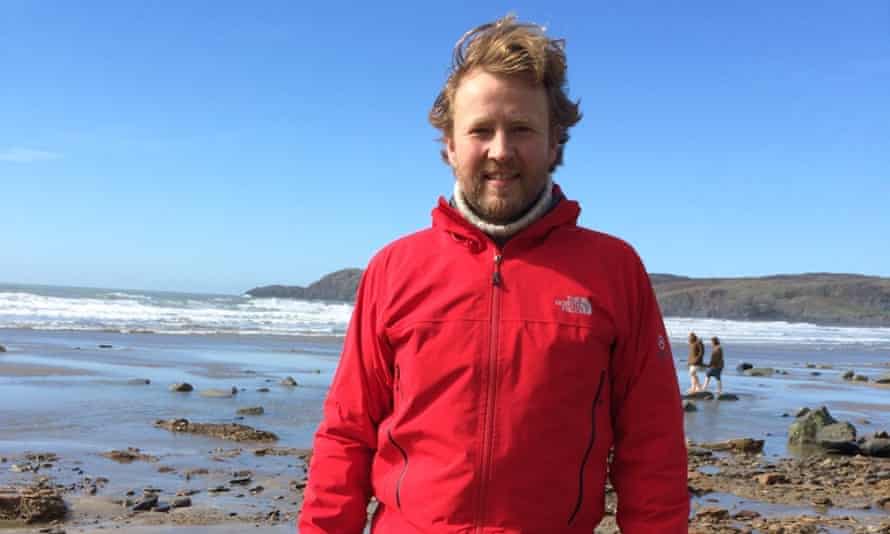
James Wallace, environmentalist and CEO at Beaver Trust
Pembrokeshire is a haven for ecologically minded people seeking digital freedom and wild blue-green sea, purple stone and yellow gorse.
For more than 40 years, my twice-yearly sanctuary has been the environs of Europe’s smallest cathedral city, St Davids, built to honour a big-G god, loved by worshippers of small gods that lurk beneath waterfalls and flit between trees.
After decades of family holidays, boys’ weekends and solo escapes, my favourite place to stay is Treginnis Uchaf. Framed with red windows and wagging dogs, this organic National Trust sheep farm is run by Aled and Stacey Davies.
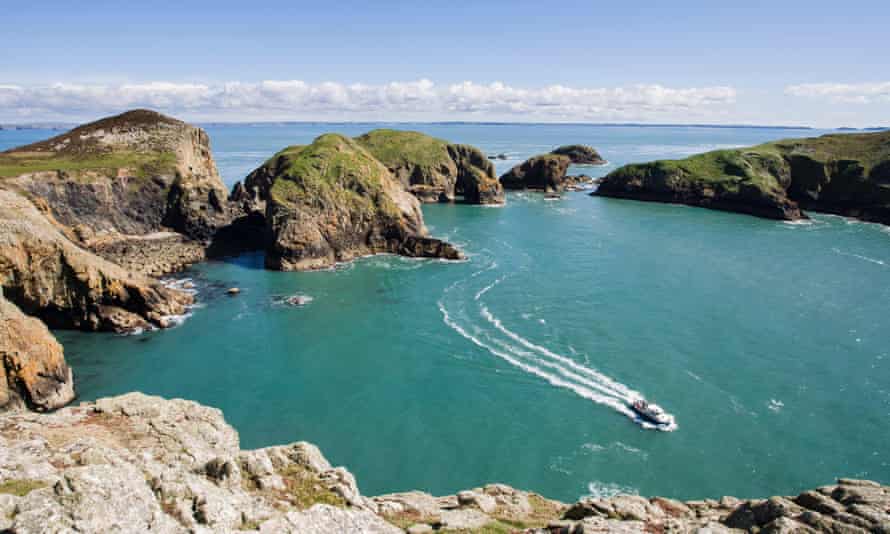
Whether in a camper van gazing across Atlantic sunsets or roasting toes by the self-catering barn fire, there is nowhere so peaceful. Without a puff of fossil fuels, I can spend weeks strolling along dramatic cliffs clothed in sea pinks, spot seal heads a-bobbing in the swell, dangle mackerel tails from my rod or fail again at surfing at Whitesands Bay. All under the watchful gaze of the sleeping dragon hill, Carn Llidi.
I could spill secrets about the Sloop Inn, one of Cerys Matthews’ favourite places, high-adrenalin coasteering adventures with TYF, David and Freya Dixon’s Albion Gallery or boat trips around Ramsey Island’s seabird colony. But you will discover your own gems if you visit this land of red-billed choughs, ancient burial chambers and without a hint of Costa del Cornwall’s traffic.
The Beaver Trust is a nature restoration charity
Isles of Scilly
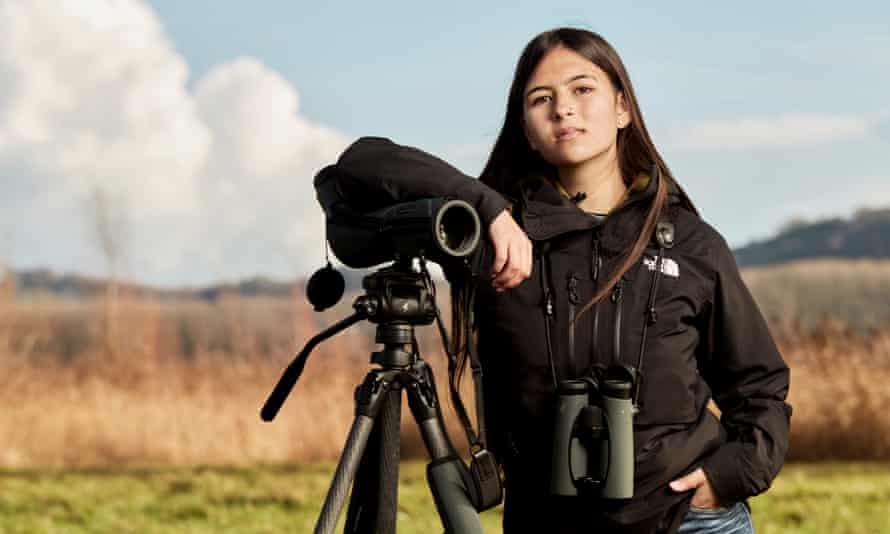
Mya-Rose Craig, ornithologist and environmentalist
Idyllic sandy coves, a turquoise sea against a rugged backdrop: you could be in Corfu. But this is the Isles of Scilly. In autumn, the islands 28 miles south-west of Land’s End are a magnet for rare birds.
My first visit was at age nine days, when my parents, keen birders, visited to see a rare lesser kestrel that had arrived from the continent. I have a photograph of my sister holding me up to a telescope. The birds brought my family to Scilly most Octobers, to have a quiet time doing little except digging in the sand and walking the islands’ 16 sq miles in search of the big prize: an American bird blown off course.

The islands are a great choice for a sustainable break. An overnight train from London to Penzance connects with the Scillonian, the passenger ferry to the main island, St Mary’s. From there you can get shuttle boats to the off-islands. St Agnes, where the Troytown campsite is next to a beach, is my favourite island. Troytown Farm sells milk, butter, cream and ice-cream; the island shop sells local bread, eggs, crab, fruit and vegetables and Coastguards Café has great locally sourced food with a sea view.
Mya-Rose Craig runs the blog Birdgirl and is president of Black2Nature
The Peak District

Helen Clarkson, CEO, The Climate Group
I spend a lot of time in the Peak District. I love walking and it’s so accessible from lots of parts of the UK. There’s a railway between Manchester and Sheffield following the Hope Valley in the middle of the national park, and you can do lots of different walks right from the stations. So you could happily base yourself in Hathersage or Edale and have plenty to occupy you for a weekend or a week, using the train to get around.
If you get off at Edale you can hike up Kinder Scout. In 1932 the mass trespass on Kinder Scout was one of the most successful acts of civil disobedience in the UK and a critical moment in securing the right to roam. So it’s a really important place for everyone who loves walking, and reminds us we haven’t always been able to take those rights for granted.
From the next station, in Hope, you can walk a path that follows an ancient Roman road, and where there have been reported sightings of the ghosts of Roman legions. Or further along, in Hathersage, you can visit the (supposed) grave of Robin Hood’s second-in-command, Little John. What is not a myth is the number and quality of the pubs, so plenty of places to put your feet up at the end of any walk (and probably dry off).
The Climate Group is an international non-profit that works with business and government leaders around the world to address the climate crisis
Western Highlands, Scotland
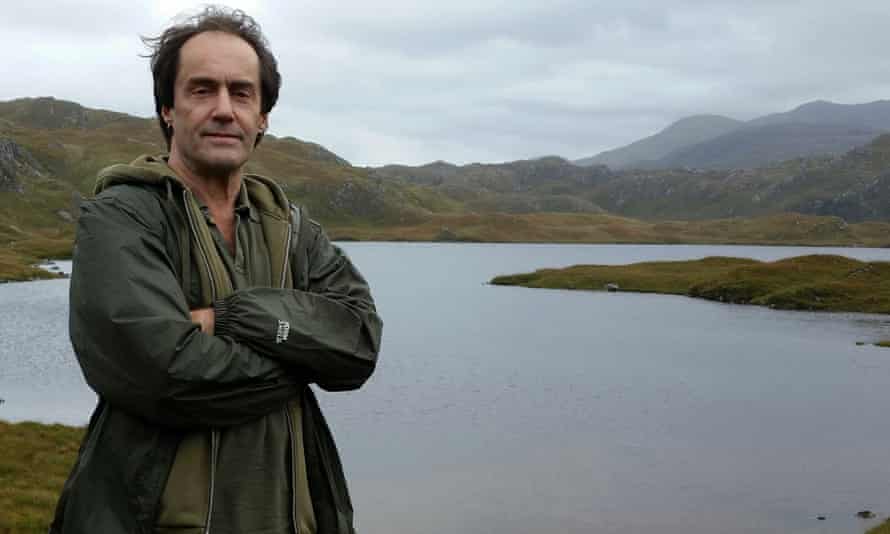
Neil Ansell, environmentalist and author
When I was younger I travelled relentlessly, for years, stopping only long enough to earn enough money to get back on the road. It couldn’t even be described as backpacking; normally I carried nothing more than a bedroll, and slept at the side of the roads I was hitchhiking on. My travels took me through well over 50 countries, but my favourite place remained the Highlands.
More recently I spent a year repeatedly visiting an area of the western Highlands known as the Rough Bounds, a rugged series of peninsulas divided by deep lochs, short on roads but surprisingly well-wooded, and went on to write a book about the place. The book came out, but the visits never stopped; sometimes alone, sometimes showing my daughters the delights of bothy living, and, most recently, with colleagues looking at land suitable for regeneration of the remarkable relic coastal oak woods that are such a feature of the area.
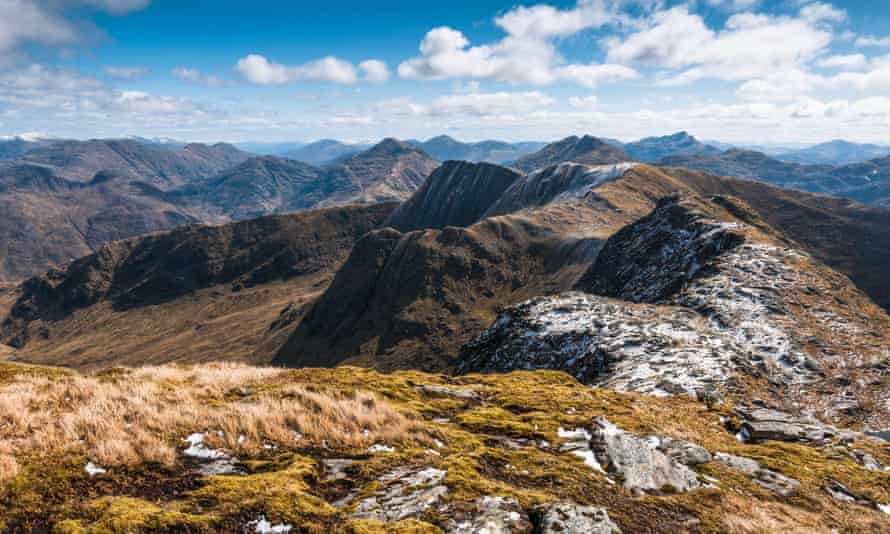
I don’t drive, and all of my visits are conducted by public transport, by train and bus and then on foot. It is frustrating that this journey would be vastly quicker – and cheaper – were I to fly, but I no longer feel that I can justify flying unless there is absolutely no other option. But I have found a way to resolve this issue; I am about to move to the area, so it will be on my doorstep.
Neil Ansell is the author of several books including The Last Wilderness (£10.99 Tinder Press; £10 Guardian Bookshop) and The Circling Sky (£18.99 Tinder Press; £16.52 Guardian Bookshop)
 Top Naija News – Nigeria News, Nigerian News & Top Stories Top Naija News – Nigerian Newspapers, Nigerian News. topnaijanews is a daily Nigerian newspaper covering Latest News, Breaking News, Entertainment, Sports, Lifestyle and Politics.
Top Naija News – Nigeria News, Nigerian News & Top Stories Top Naija News – Nigerian Newspapers, Nigerian News. topnaijanews is a daily Nigerian newspaper covering Latest News, Breaking News, Entertainment, Sports, Lifestyle and Politics.
